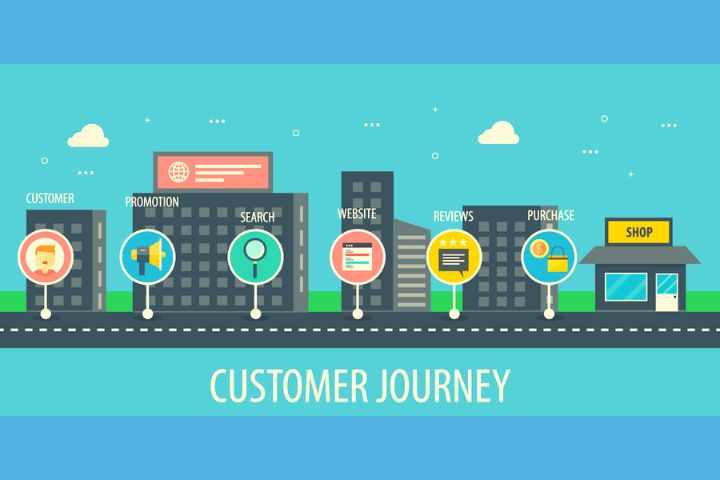Three Axes Of The Customer Journey : Do you have an entrepreneurial project in hand and would like to better understand the flows of how your customers arrive at your business? Well, next we talk about a new system and we ask ourselves the following question: What are the three axes of the customer journey? And, for this, we are going to summarize an interesting article published by ‘ThinkBig’, Telefónica’s website for business news.
In the first place, the post defines the customer journey as “a novel technique that serves to understand the relationship we have with the customer on each occasion, how they arrive at our physical or virtual store, what relationship they have with the brand or what aspects They invite you to repeat and retain. This technique bets on the visualization of the processes, so as to help understand the flows, the bottlenecks, and the paths of no return.
Table of Contents
What Are The Three Axes Of The Customer Journey?
The author of the post, Juan Luis Manfredi, proposes “organizing a work day to assess its scope in your entrepreneurial project and consider some specific improvements. There will be time for big data and artificial intelligence. We will divide the tasks into three axes: the client, his experience and the change plan. Use cardboard and give free rein to your imagination”.
-
The client
According to Manfredi, “the first axis consists of identifying the stages in which the relationship with the client is organized, a sort of value chain, depending on your industry. Here you have to know how the client arrives at your store, how he meets you for the first time, or how he refers to you or your sector on social networks.
It is an effort that will later help us in the definition of keywords, in SEO, or in the design of the web itself. This first “how” leads us to the “what.” We must bring here the lessons of marketing myopia: the customer seeks how to meet his needs and is not limited to a specific product or service. This broad view of the business helps us not to become obsessed with industry items, but rather with customer demand.
To find you, try to explain to what extent your product meets their needs, how it fits, and how it replaces or complements other services that are already on the market. This basic information must be written with the client in mind, not with the “virtues” of your business proposal.
Consider how and why customer recurrence increases or how it spreads through word of mouth. Is it a matter of opportunity, quality, location, or price?
-
Your experience
The identification of emotions -satisfaction, interest, disappointment- is established based on the desired expectations.
My experience tells me that in this second phase it is difficult to agree and find the exact word, so I suggest using the traffic light technique. Green, yellow and red, depending on the severity or relevance of the experience. In green, everything is going according to the expectation/reality equation; in yellow, we must act promptly; in red, it is already late”.
-
Change plan
He crosses the aspects that you consider to be of added value with those in which the client perceives the value or not. If they are not aligned, you have to rethink your business and customer relationship. Does the service fail? Is there an after-sales problem?
Is the promise of value understood? With this grid, simple but focused on the business and the client, you can identify the improvement actions and propose how to transform your experience. Virtues can be identified – green traffic light – and leveraged for the next phase, so that a certain drag effect is generated”.
In short, this technique is useful because it points out the problems and strengths of your company, based on the customer’s experience and not based on your business plan or the encouragement of a professional colleague. Start the journey and you will see what your client really thinks”.
